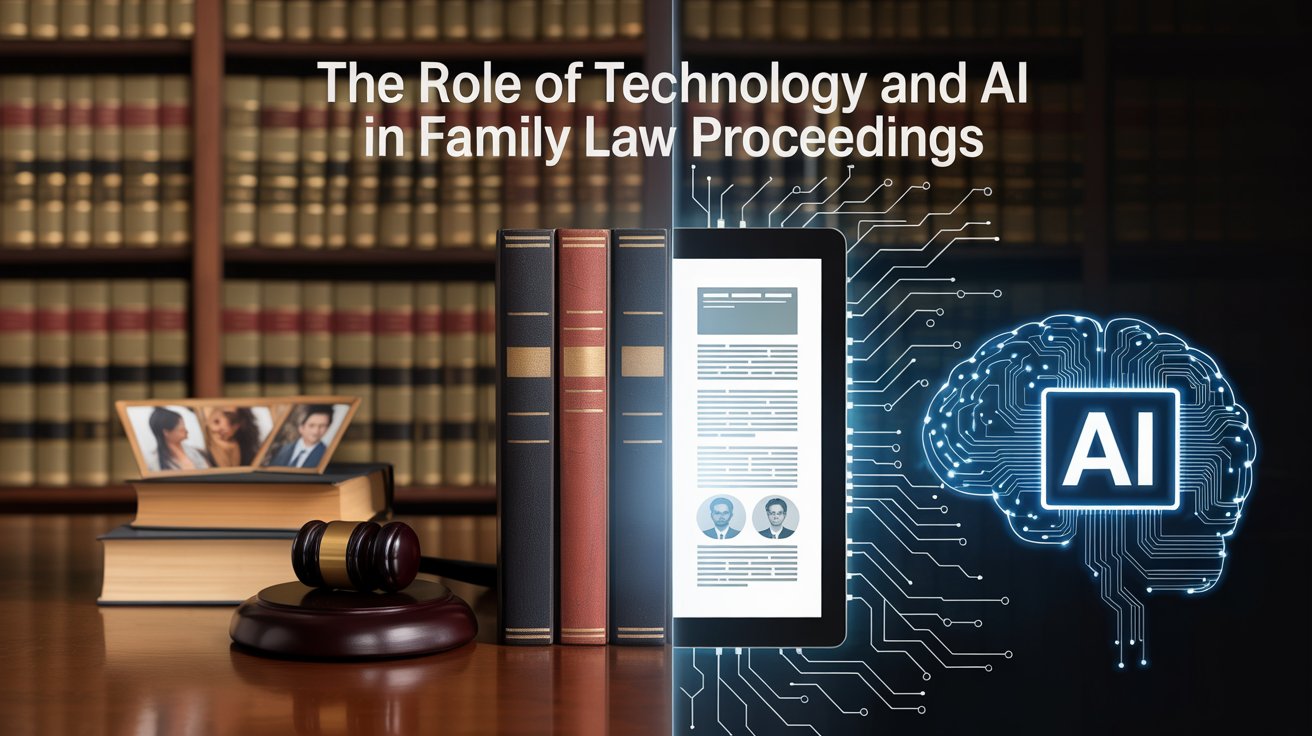Divorce is a life-altering decision that comes with legal, emotional, and financial complexities. If you are considering a divorce in the United States, understanding the legal process can help you navigate the situation more smoothly. This guide covers everything from types of divorce to property division, alimony, child custody, and important legal considerations.
Types of Divorce in the USA
Divorce laws vary by state, but the U.S. generally recognizes two main types of divorce:
1. No-Fault Divorce
Most states allow a no-fault divorce, meaning that neither spouse has to prove wrongdoing. Common reasons cited include irreconcilable differences or irretrievable breakdown of marriage. No-fault divorce is available in all 50 states, with some requiring a separation period before finalization.
2. Fault-Based Divorce
Some states still allow a fault-based divorce, where one spouse must prove that the other is responsible for the marriage breakdown. Common grounds for a fault-based divorce include:
- Adultery
- Abandonment
- Domestic violence
- Substance abuse
- Criminal conviction
Steps to File for Divorce
While each state has its own procedures, the basic steps include:
1. Meeting Residency Requirements
Each state has a residency requirement before you can file for divorce. For example, in California, one spouse must have lived in the state for at least six months before filing.
2. Filing the Divorce Petition
The spouse initiating the divorce (the petitioner) must file a petition for dissolution of marriage in the family court.
3. Serving the Papers
The other spouse (respondent) must be formally served with divorce papers and given time to respond.
4. Negotiating Settlements
Couples can settle matters like property division, child custody, and alimony through mediation or negotiation to avoid litigation.
5. Court Proceedings (If Necessary)
If disputes arise, the case may go to trial, where a judge will decide unresolved issues.
6. Finalizing the Divorce
Once all matters are settled, the court issues a divorce decree, legally ending the marriage.
Key Aspects of Divorce Law
1. Property Division
States follow either community property or equitable distribution laws:
- Community Property States (e.g., California, Texas, Arizona) divide all marital property equally (50/50).
- Equitable Distribution States (e.g., New York, Florida) divide property fairly, but not necessarily equally.
2. Alimony (Spousal Support)
Alimony may be awarded based on factors such as income disparity, marriage length, and financial needs. Types of alimony include:
- Temporary Alimony (during divorce proceedings)
- Rehabilitative Alimony (until the dependent spouse becomes self-sufficient)
- Permanent Alimony (rare, but awarded in long-term marriages)
3. Child Custody & Support
Child custody is determined based on the best interests of the child. Types of custody include:
- Physical Custody (where the child lives)
- Legal Custody (who makes decisions about the child’s life)
Child support payments are calculated using state guidelines and depend on parents’ incomes and the child’s needs.
Famous Divorce Cases & Legal Precedents
Several high-profile cases have shaped U.S. divorce laws:
- Obergefell v. Hodges (2015) – Legalized same-sex marriage, impacting divorce rights.
- Williams v. North Carolina (1942) – Established the importance of state residency in divorce cases.
- McCarty v. McCarty (1981) – Defined how military pensions are divided in divorce.
Common Divorce Questions
Q1: How long does a divorce take in the USA?
A divorce can take anywhere from a few months to several years, depending on the complexity and whether it is contested.
Q2: Can I get a divorce without a lawyer?
Yes, in uncontested divorces, spouses can file paperwork themselves. However, for complex cases involving assets and children, legal representation is advisable.
Q3: How much does a divorce cost?
The cost varies by state, ranging from $500 for a simple uncontested divorce to $15,000+ for contested cases.
Final Thoughts
Understanding divorce laws in the USA can help you make informed decisions and protect your rights. Since laws vary by state, it’s advisable to consult with a family law attorney to navigate the process effectively.
For more legal resources and guidance, visit Nolo’s Divorce Guide.
For real case studies and legal insights, visit FindLaw’s Divorce Center.








